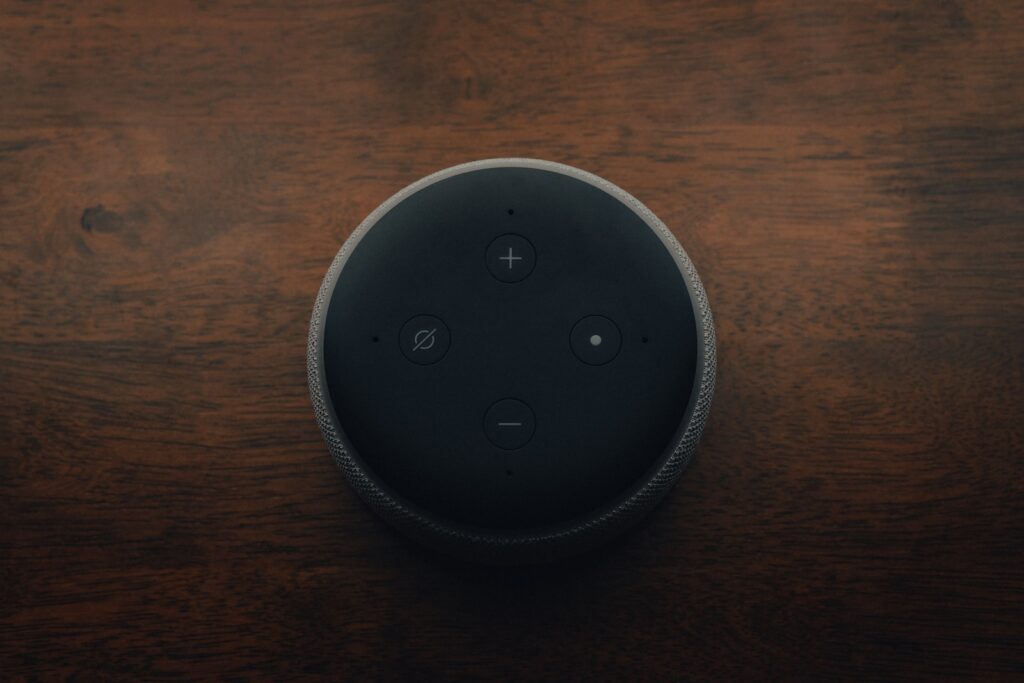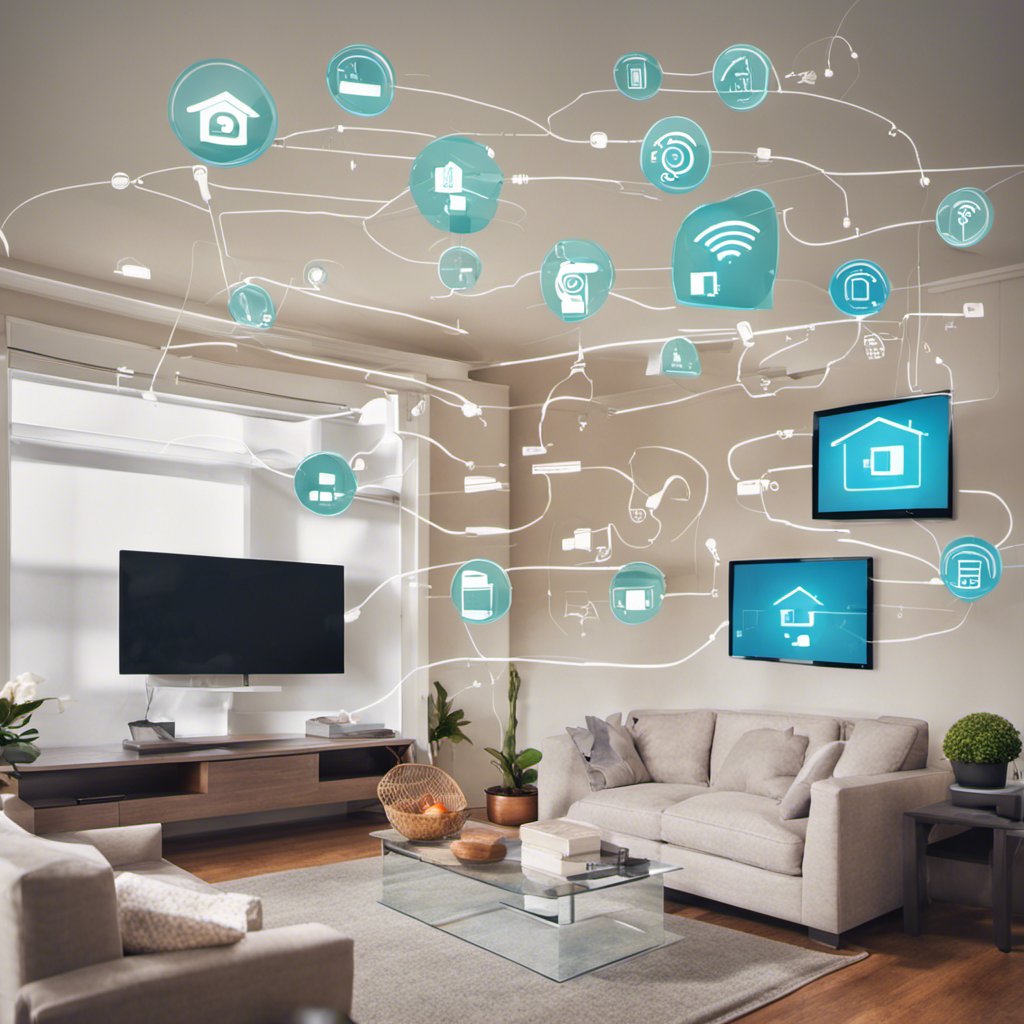Smart homes have become an integral part of modern living, offering convenience, energy efficiency, and connectivity like never before. With the proliferation of connected devices and the advent of the Internet of Things (IoT), homes have evolved into intelligent, responsive environments. In this article, we will delve into the evolution of smart homes, with a focus on connected devices and the critical aspect of security.
The Birth of Smart Homes
The concept of smart homes is not a recent phenomenon. It has deep historical roots, with early experiments in home automation dating back to the 20th century. However, it was the emergence of the IoT that truly transformed homes into smart, connected spaces. The IoT interconnected devices, enabling them to communicate, collect data, and respond to user commands in real time.
The Rise of Connected Devices
Connected devices are at the heart of smart homes. These include smart speakers like Amazon Echo and Google Home, smart thermostats that regulate home temperatures efficiently, and security cameras that provide remote monitoring. The benefits of connected devices are numerous, ranging from the convenience of voice-controlled assistants to energy savings achieved through intelligent temperature management. Voice assistants, such as Alexa and Siri, have revolutionized human-device interaction, making it more intuitive and natural.
Security Concerns in Smart Homes
While the convenience of smart homes is undeniable, they also bring security concerns to the forefront. Connected devices, if not properly secured, can be vulnerable to cyberattacks. Malicious actors may exploit vulnerabilities in these devices, potentially gaining access to personal information or even control over the home environment. Protecting smart homes requires a proactive approach to security, including regular device updates and the implementation of network segmentation to isolate devices.
Smart Home Integration and Ecosystems
The seamless integration of smart devices is crucial to the overall smart home experience. Smart home ecosystems and hubs play a pivotal role in ensuring compatibility and interoperability among devices. Popular ecosystems like Apple’s HomeKit, Google’s Nest, and Amazon’s Alexa offer a range of advantages, including centralized control and automation.

User Experience and Accessibility
User experience is central to the adoption of smart home technology. The evolution of user interfaces has made it easier for individuals to interact with their smart homes, whether through mobile apps or voice control. Additionally, accessibility considerations are important, ensuring that smart homes are usable by individuals with disabilities. Smart home technology has the potential to enhance the quality of life for people with mobility or sensory impairments.
Future Trends and Innovations
The future of smart homes holds exciting possibilities. Emerging technologies, including artificial intelligence (AI), promise to enhance the functionality of smart devices. AI can enable predictive and adaptive automation, making homes even more responsive to user preferences. Additionally, there is a growing emphasis on environmental sustainability, with smart homes designed to reduce energy consumption and minimize their ecological footprint.
Conclusion
The evolution of smart homes has transformed the way we live, offering unprecedented convenience and connectivity. However, as smart homes continue to evolve, it is crucial to prioritize security and privacy. Responsible adoption of smart home technology, including regular updates and safeguarding personal information, is essential. As we look ahead to the future of smart homes, the possibilities are limitless, promising a more efficient, sustainable, and interconnected way of living. Embracing these possibilities while ensuring responsible use will shape the future of smart homes for generations to come.

